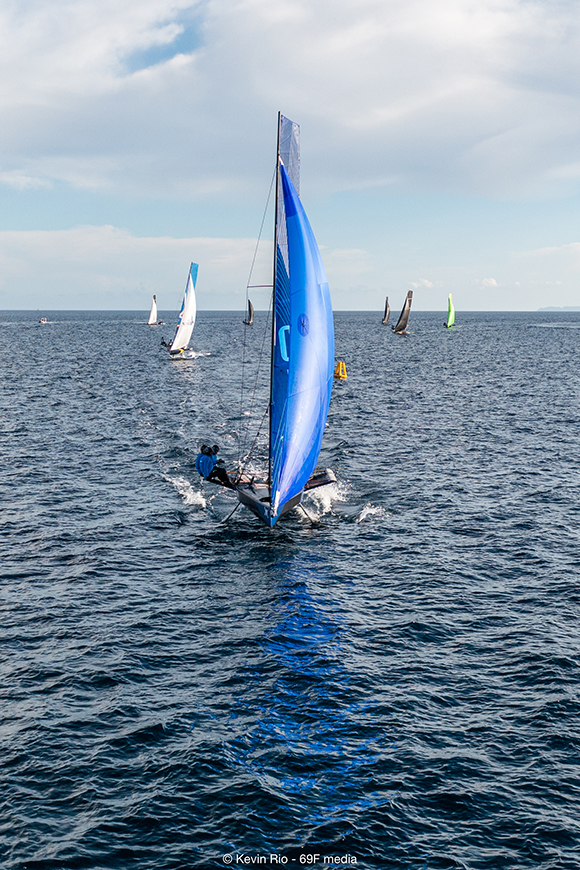WRITTEN BY FARRAH JINHA
In a small coastal town off the Mediterranean coast in Puntaldia, Sardinia, in the marine reserve of Tavolara, south of Olbia and 3 miles south-west of the archipelago of Tavolara and Molara, the Grand Prix of the Persico 69F Cup 2021 was held earlier this year. World class sailors from Europe and around the globe gathered to participate in a regatta the likes of which has not been seen in the region.
Marina di Puntaldia is a picturesque sailing village with the teal blue waters and a harbour that meets white sandy beaches, some of the most beautiful beaches of Sardinia, such as La Cinta, Lu Impostu, Cala Brandinchi – the so-called Tahiti – and Capo Coda Cavallo. Located in the prestigious residential complex of Puntaldia, one of the most exclusive in Sardinia, it has a 9-hole golf course, close to the sea and along a spectacular route that winds through bays and coves of unique charm
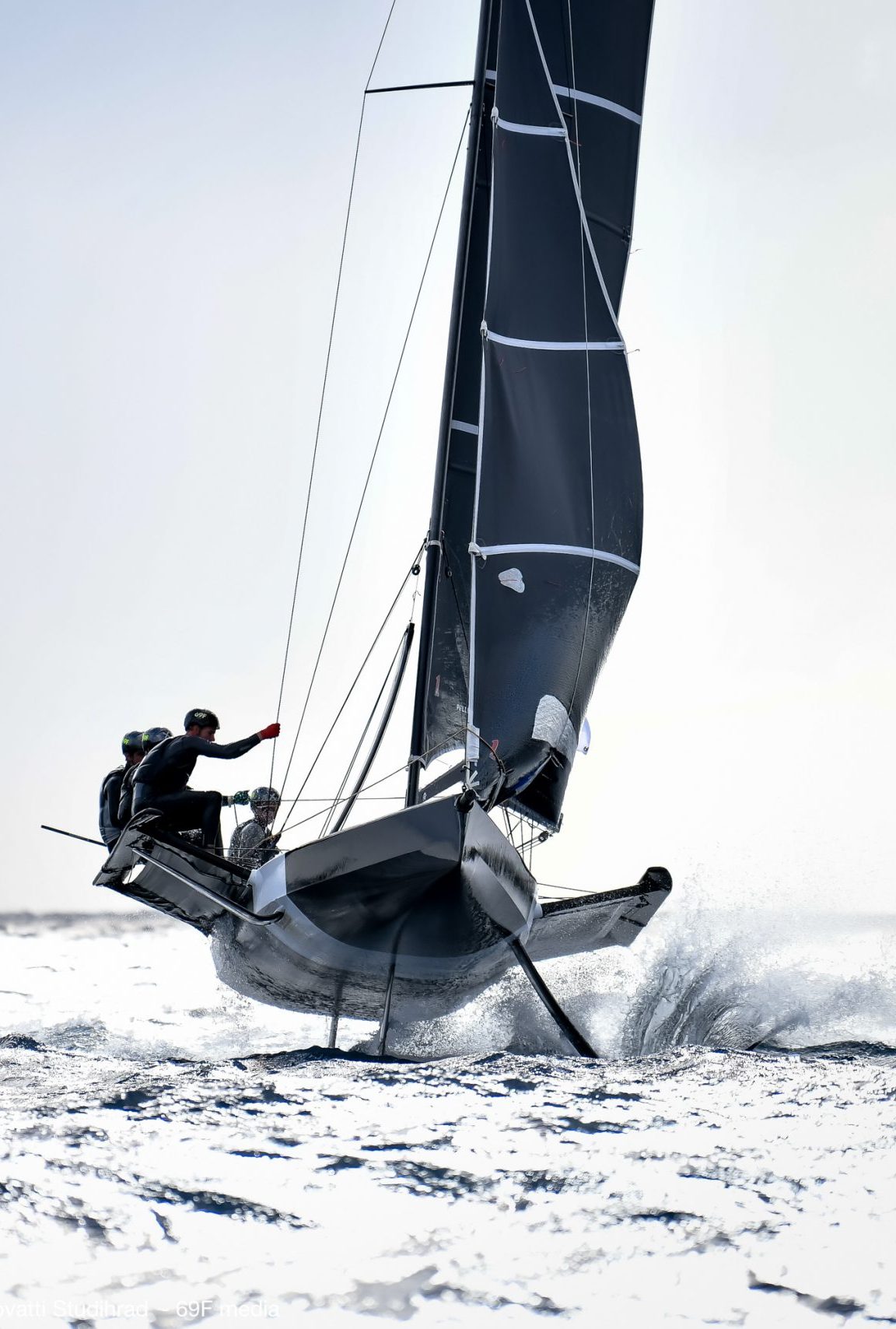
The Marina offers full service mooring services where you can berth your vessel or yacht to enjoy the warm hospitality of the city. There are 380 berths ranging from 5 to 26 meters, a variable water depth from 2.5 to 5 meters and the Marina is equipped with all facilities, including shipyard, repair and garaging services.
This fall the Marina hosted a regatta that brought together racers and athletes from the region and beyond. Regattas are a day-long event where racers unload and rig their boats, then de-rig and load, an activity that builds team spirit and camaraderie. The day is filled with races and sailors and fans alike dot the shoreline cheering on one another in a collegial rivalry where sportsmanship rules the day.
Hydrofoils work in a similar way to airplane wings, in that, as they cut through the water, they create a pressure difference above and below the foil. If the greater force is upward, the faster the boat moves, and the greater the lift.
One benefit of hydrofoils is that they can be much smaller than airplane wings due to the fact that water is almost 800 times denser than air. The F50 catamaran foils have far more to ‘push against’, so they require much less surface area – and the increased density of water means that the hydrofoils don’t have to move anywhere near as fast as a plane before creating lift.
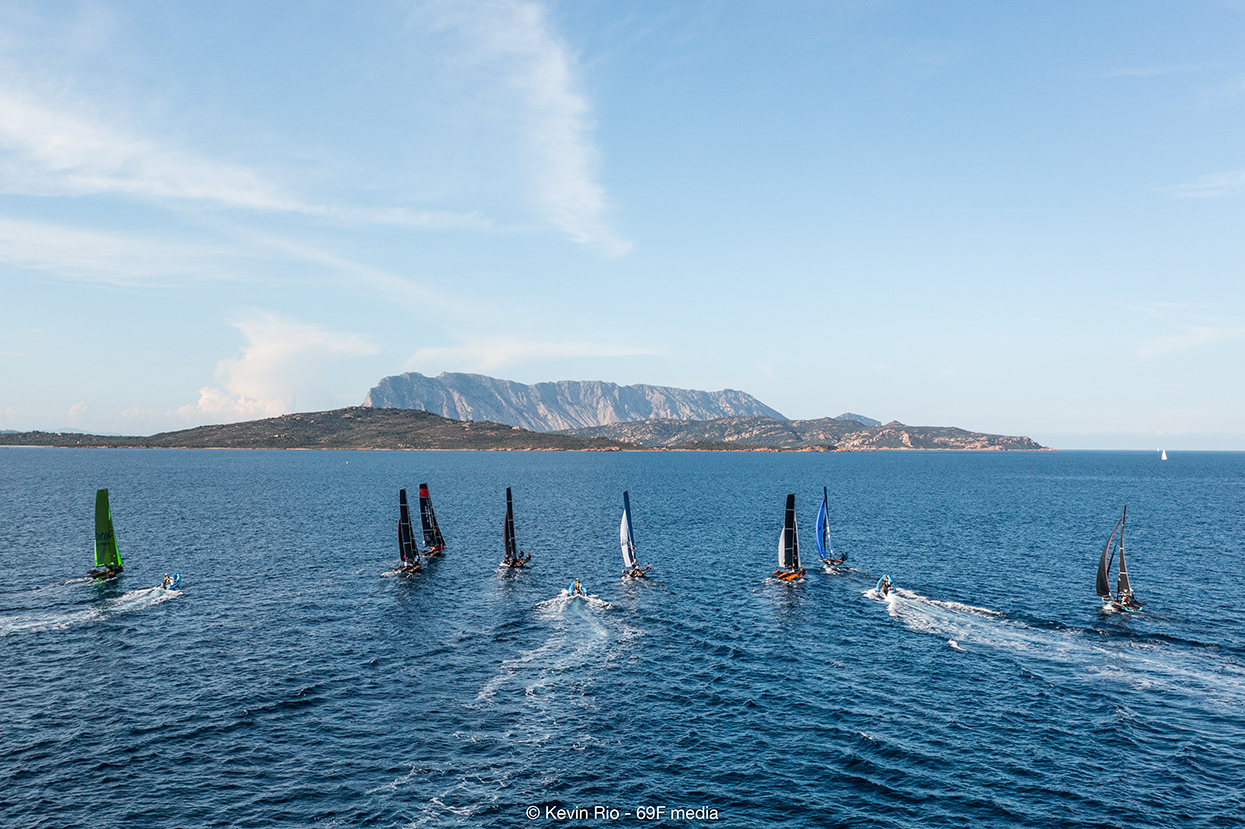
And, by lifting the boat out of the water, drag from the hull is significantly reduced, allowing boats to hit previously-unheard-of speed. The sport is gaining popularity and draws crowds attracted to the grace of the boats, the unbelievable speeds reached and the excitement of this fast-growing sport. But the earliest pioneers of the technology didn’t make a significant breakthrough until the early 1900s, when Italian engineer Enrico Forlanini unveiled his full-scale prototype featuring a ladder system of foils, and hit a top speed of 68 kilometres per hour during testing on Lake Maggiore in 1906.
“It has been an intense season full of satisfaction” says 69F Sailing Director, Dede De Luca: “We are very happy with the results, certainly you can always improve as there is the ambition to get to perfection, but there has been a huge growth both in the level of the participants and in the number of races we had. 2022 is going to be a very busy year for the entire 69F team, starting with the Valencia Winter Camp in December where many activities including clinics and coaching programs will start; at the same time another “six-pack” will land in the US, providing six boats ready to race in Miami, Florida . We have numerous regattas scheduled between America and Europe, there will be new locations and slightly different formats adapted to the needs of sailors and based on the experience we had this year; we are also focused on improving every detail of the boats, sails and more ”.
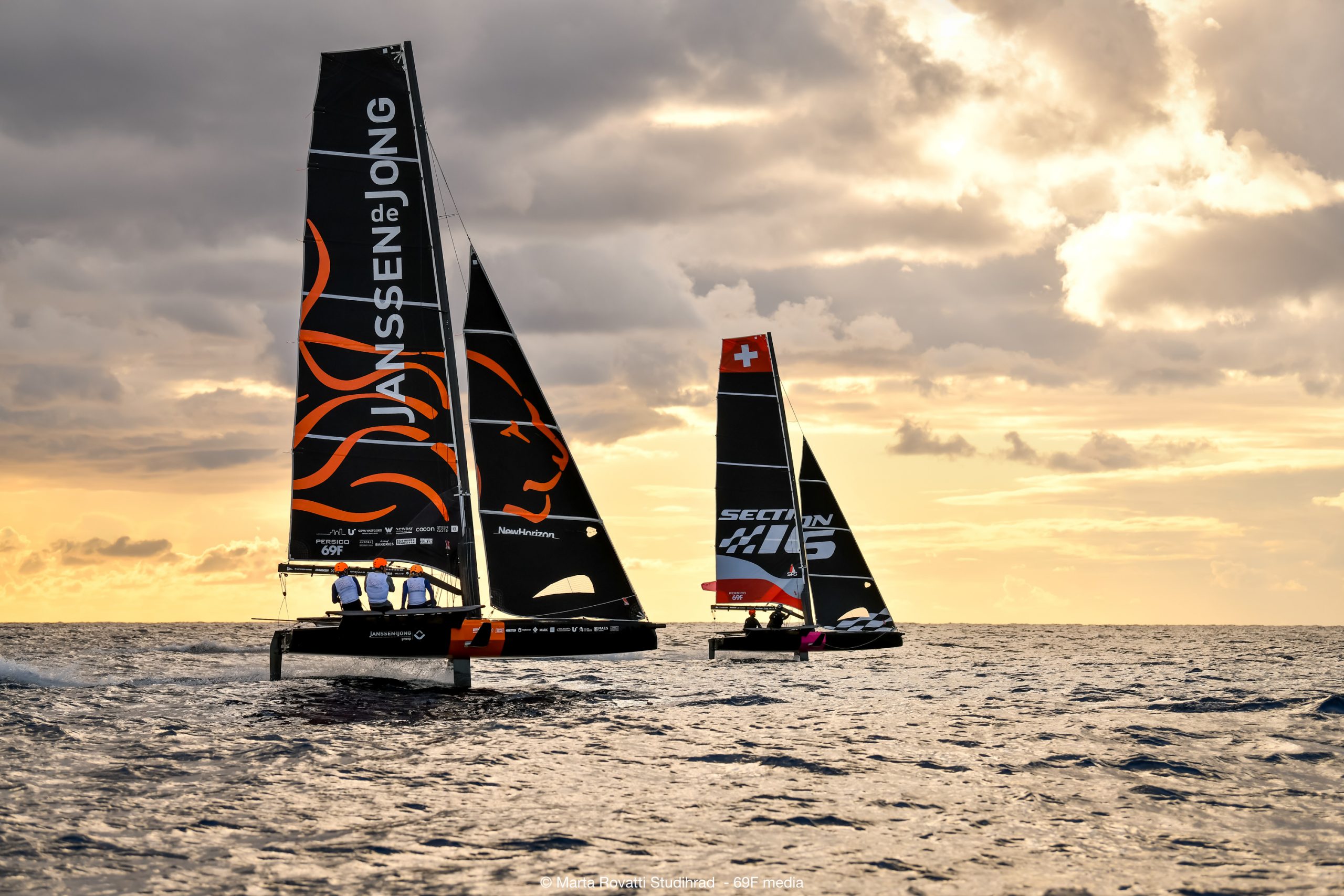
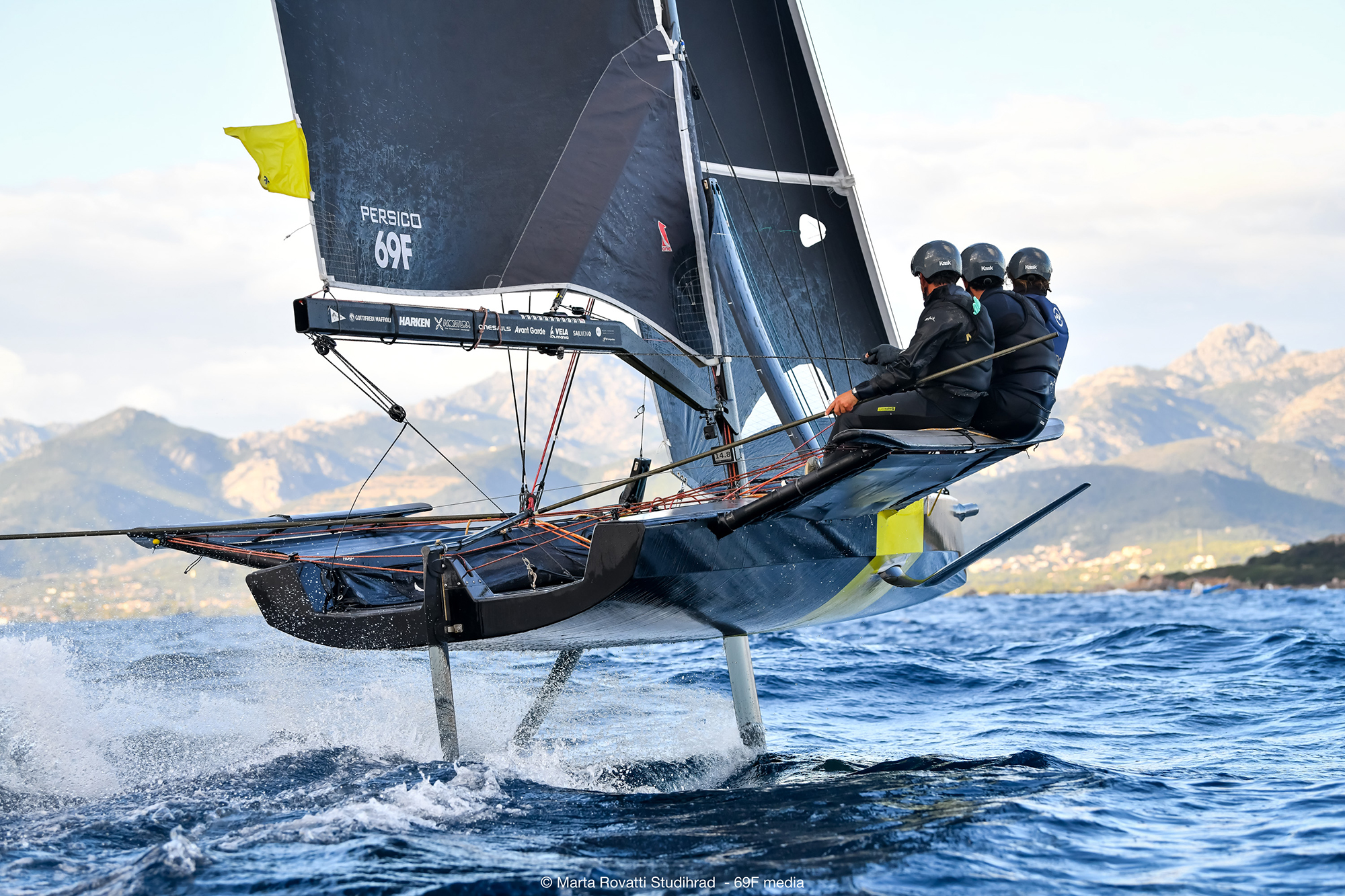
Marina di Puntaldia has already been confirmed for the 2022 Melges 20 World Championship and potentially future 69F regattas will take place there again.
